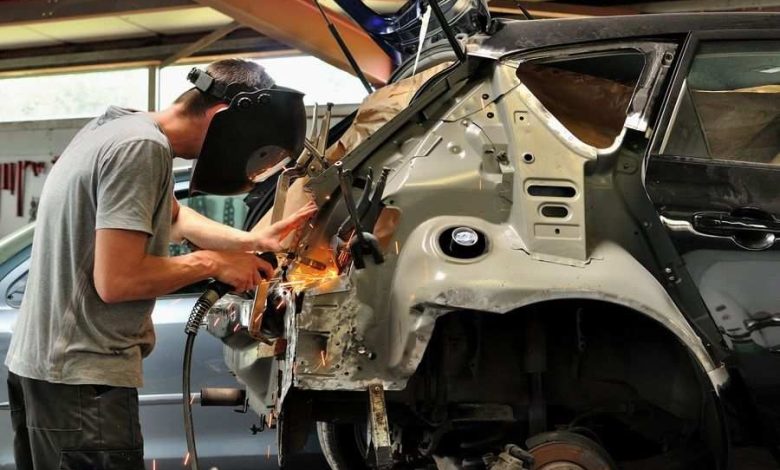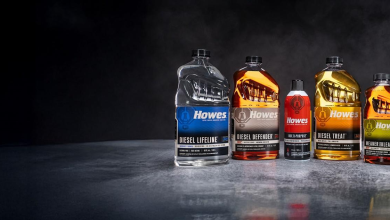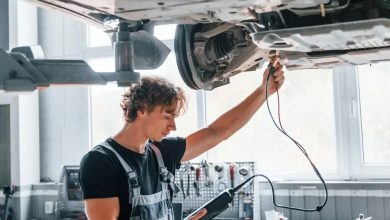How Flood Damage Affects Floor Pans and What Repair Involves

Floods can cause severe and often hidden damage to vehicles, particularly to the floor pans. Located at the lowest point of a car’s interior structure, floor pans are highly susceptible to prolonged water exposure during flooding. When submerged, these metal panels are exposed not only to water but also to contaminants like mud, salt, and chemicals carried by floodwaters. This exposure accelerates corrosion and rust, which can weaken the floor pan’s structural integrity. Over time, untreated flood damage can lead to holes, weakened chassis support, and even safety hazards inside the vehicle.
Common Signs of Flood Damage in Floor Pans
Detecting flood damage in the floor pans can be challenging since rust and corrosion often start beneath carpeting and insulation. Common indicators include a musty or moldy smell inside the car, visible rust stains along door sills or under carpet edges, and water stains on interior panels. Upon inspection, mechanics may find flaking metal, soft spots, or bubbling paint on the undercarriage. In many flood-damaged vehicles, wiring and electronic components embedded near or within the floor pan can also be compromised, making a thorough assessment critical before repair.
Why Full Floor Pan Restoration Is Often Necessary
Due to the extensive corrosion caused by floodwaters, simple patch repairs usually aren’t sufficient for floor pans affected by flooding. The metal can become so weakened that cutting out the damaged sections and welding in new panels is the only safe solution. Full floor pan restoration involves removing rusted areas entirely, treating any remaining metal with rust inhibitors, and carefully installing factory-grade replacement panels. This process restores the vehicle’s structural integrity and prepares it for additional steps like sealing and undercoating, which protect against future damage. This is exactly where the European Auto Repair in Olympia, WA based services step in.
The Repair Process: Steps and Techniques
A professional flood damage floor pan repair typically begins with a detailed inspection to assess the damage’s extent. Technicians remove carpeting and interior components to expose the floor pan fully. Next, they cut out all rusted or compromised metal and clean the surrounding areas. Rust inhibitors are applied to prevent further corrosion, followed by the welding of new floor pan sections that match the manufacturer’s specifications. Once welded, the repair area is sealed with waterproof coatings and undercoated with rubberized materials to create a moisture barrier. Finally, the interior is reassembled, often with new insulation and carpeting to eliminate mold and odors.
Long-Term Care and Prevention After Flood Repairs
After a full floor pan restoration due to flood damage, ongoing maintenance is crucial to ensure longevity. Vehicle owners should keep the undercarriage clean and dry, especially if they live in flood-prone areas or regions with heavy rainfall. Regular inspections during routine service appointments can catch early signs of moisture intrusion or rust. Additionally, professional application of protective coatings and sealants post-repair helps maintain the vehicle’s defense against future water damage. Prompt attention to leaks or interior dampness will also prevent mold growth and protect cabin electronics.
Final Thoughts
Flood damage poses serious risks to floor pans, often necessitating comprehensive restoration to guarantee vehicle safety and durability. While the repair process is involved, professional full floor pan replacement combined with rust protection treatments effectively restores strength and prevents future issues.




